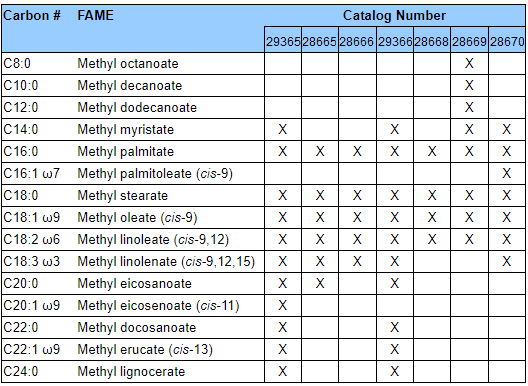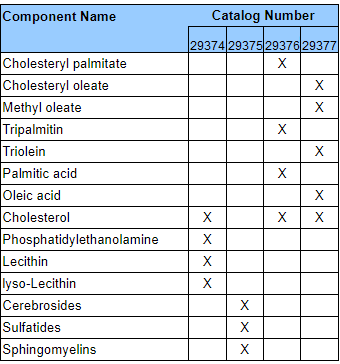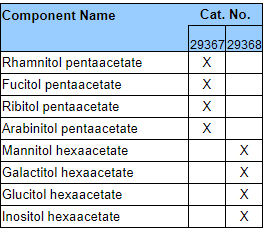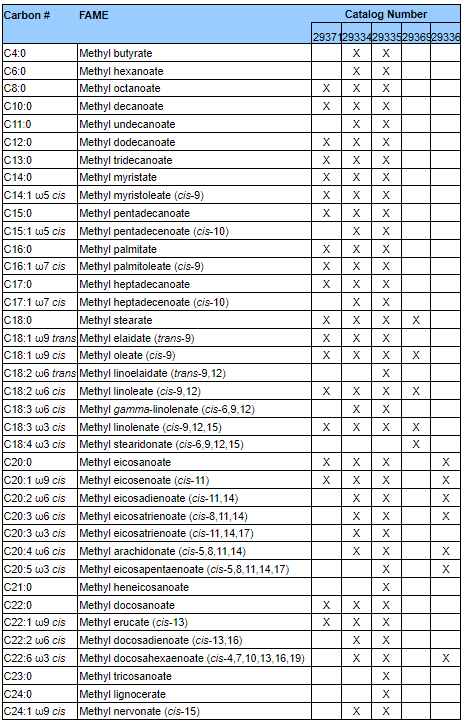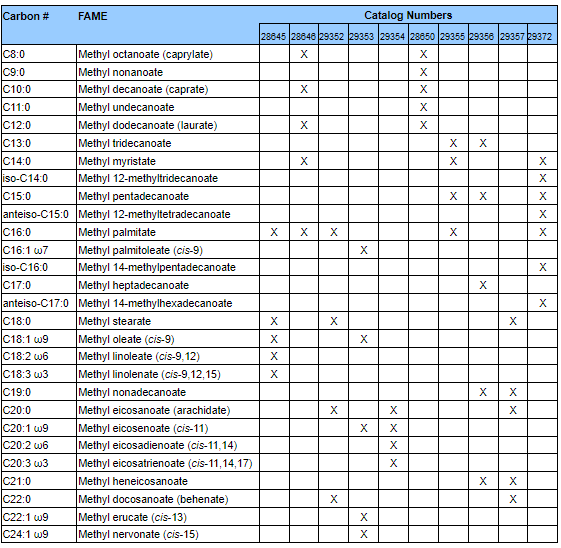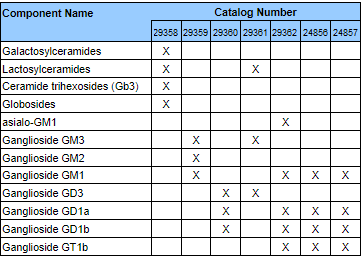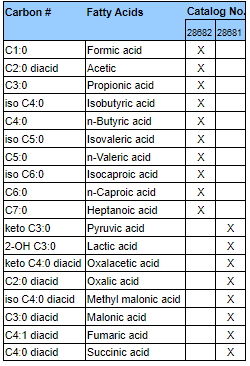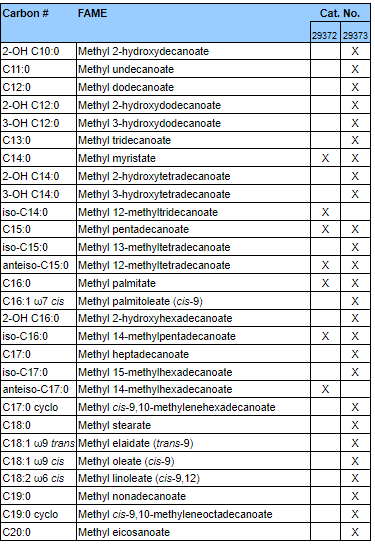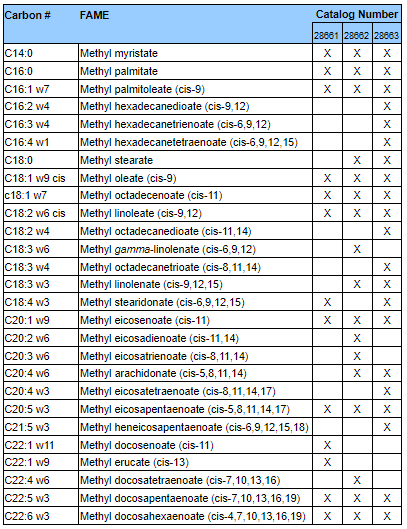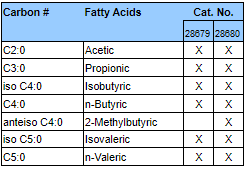Matreya LLC, Lipids and Biochemicals, a Cayman Chemical Company
Our supplier Cayman Chemical is known for their high quality biochemicals, assay kits, antibodies, and recombinant proteins and offer contract services for custom synthesis/analysis, assay development/screening, and drug discovery.
Their mission is to help make research possible. Therefore they continuously adding new (developed) products to their portfolio. Some of the products they have recently added are a broad range of Antibodies for glycolipids, Bacterial tetraethers, Ceramides and digydroceramides, D9 Glycolipids, Enzyme inhibitors for glycolipids, Fatty acids and methyl esters, Fluorescent standards, Gangliosides, Glycosyl Glycerides, Glycosphingolipids, Lipid mixtures, Plant sterols and steryl glucosides, Phospholipids, Phosphosphingolipids, Spingosines, Stable isotype labeled standards and Ocopherols and tocotrienols.

